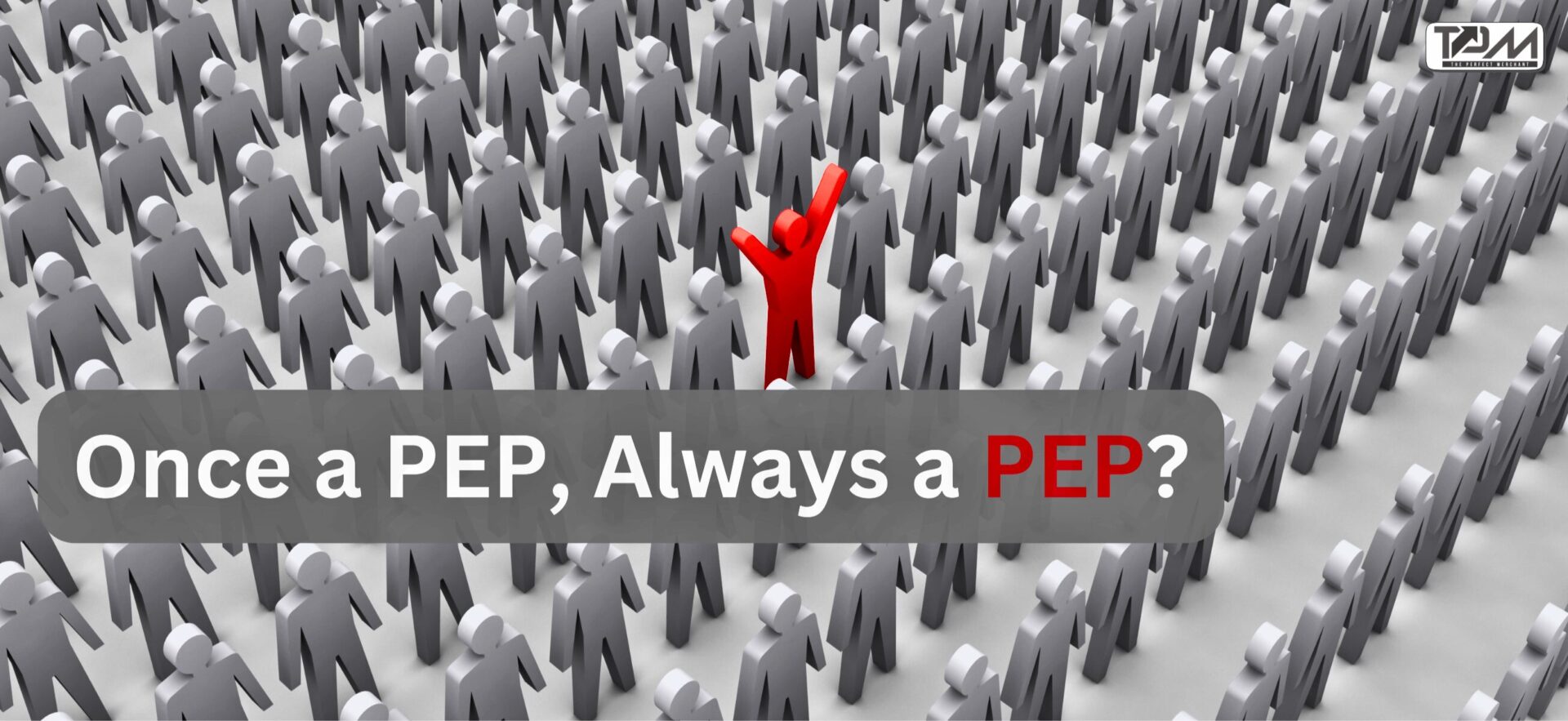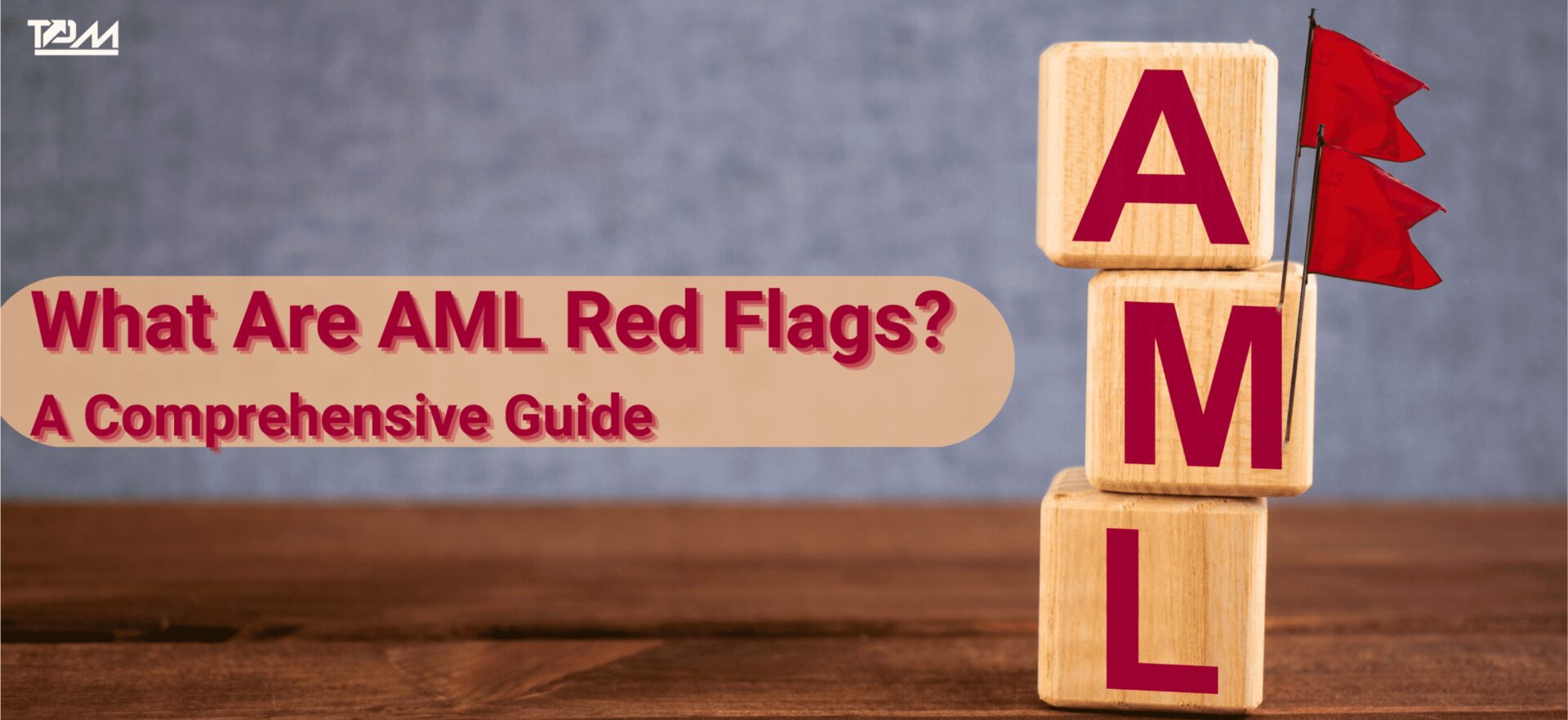AML Name Screening automation detects fraud and money laundering by verifying the identity of
customers
against
substantiated global databases. The method involves authenticating businesses and individuals
against government
documents, bank details, and BIC (Business Identifier Code) code before onboarding them as a
customer;
simultaneously,
the continuous screening process identifies risks in real-time and halts threatful transactions
instantaneously.
The scanning process with AI technology and a robust risk engine accurately detects, monitors, and
manages
high-risk
activities. Implementing AML Name Screening help businesses minimize risk and ensure they comply
with government
regulations.
Continuous AML Screening with automation to mitigate risks
Continuous screening measures ensure that name screening is consistently conducted
reliably and
comprehensively. Automation reduces manual effort, eliminates errors associated with manual entries,
and increases
the accuracy of information captured. In addition, AML automation meets compliance requirements by
providing an
audit trail of all activities performed.
Automaton in name-screening identifies suspicious transactions, recognizes money
laundering
activities, and performs initial research on potential matches. The engine triggers customers
identified as
high-risk; access is allowed or denied based on the potential risks a business or individual poses
to the
financial institution.
Manually reviewed searches for high-risk scenrios - effective
human
intervention
after AML Screening - the final stage
Investigating high-risk scenarios is the priority- if something seems to be off
during
the name screening process, it gets followed up manually by trained experts.
Manually reviewing
searches for high-risk scenarios is the best way to ensure that organizations are
not exposed to
potential AML violations and fraud.
Companies should strive to stay ahead of potential threats by utilizing both
software and
manual
methods to prevent any malicious actors from being able to gain access or commit fraudulent
activities. Confidently identify legitimate customers while manually verifying data while
reducing
time and effort.
AI-based automation provides a head start on customer screening and
onboarding
processes.
Streamlining
and scaling operations, these technologies help businesses quickly and accurately manage
customer
data, reducing the time needed for manual review.














